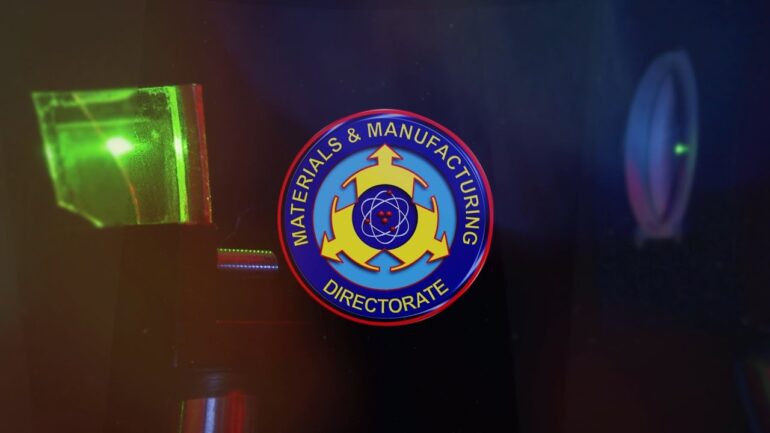- AFRL’s Materials and Manufacturing Directorate secures a $4 million grant for the Artificial Intelligence and Machine Learning Research Center.
- AIMR-2C will span a 6,000-square-foot lab space, focusing on interactive data visualization.
- Dr. Eric Harper leads the project, emphasizing the importance of leveraging AI/ML for accelerating materials design.
- The center aims to facilitate remote collaboration and expedite research processes through cutting-edge technology.
- Strategic location at Wright-Patterson Air Force Base to enhance partnerships with academic institutions and maximize research impact.
Main AI News:
The Air Force Research Laboratory’s (AFRL) Materials and Manufacturing Directorate has been granted a significant boost with a $4 million award from the Office of Secretary of Defense (OSD) Centralized Laboratory Investment Program (CLIP). This funding will be directed towards the establishment of the Artificial Intelligence and Machine Learning Research Center Capability Project (AIMR-2C), marking a pivotal moment as the first CLIP award bestowed upon AFRL.
AIMR-2C is slated to encompass a sprawling 6,000-square-foot laboratory space devoted to interactive data visualization. Positioned as an extension adjacent to the primary entrance of building 653 at Wright-Patterson Air Force Base, it will integrate seamlessly with the Materials and Manufacturing Directorate’s headquarters housed within the same building.
Dr. Eric Harper, a research materials engineer and the technical lead of the AIMR-2C project, underscores the pervasive influence of AI/ML across various spheres of contemporary life. “AI/ML is rapidly being incorporated into facets of our everyday lives,” he affirms. “As researchers at AFRL, we need to understand how to leverage this massively disruptive capability to accelerate the materials design process.”
The strategic positioning of AIMR-2C is not merely about providing cutting-edge hardware access to AFRL researchers and collaborators; it’s about fostering an environment conducive to rapid learning, collaboration, and knowledge dissemination. By facilitating the exchange of methodologies and techniques, the center aims to expedite the development and application of advanced models across multidisciplinary materials science challenges.
As AFRL operates across 10 states, collaboration often necessitates the physical presence of experts from disparate locations, leading to inefficiencies. The AIMR-2C seeks to address this challenge by offering a suite of features tailored to enhance remote collaboration, thereby maximizing efficiency in data sharing and model development.
“The on-site research server cluster provided by the project will be a dedicated high-power computational tool enabling researchers to process, visualize, and interact with large datasets collaboratively in real-time,” explains Kurt Lamm, facility engineer at AFRL’s Materials and Manufacturing Directorate. “This project not only builds technological capability but also generates secondary benefits in terms of job creation and talent retention.“
Furthermore, the strategic location of the lab at Wright-Patterson Air Force Base presents an opportunity to bolster existing partnerships and foster collaboration with local academic institutions such as the Air Force Institute of Technology (AFIT) and Wright State University. Dr. Lauren Ferguson, Digital Transformation Lead at AFRL’s Materials and Manufacturing Directorate, emphasizes the transformative potential of AIMR-2C in expediting research and prototyping endeavors.
In preparation for this groundbreaking initiative, AFRL had previously allocated $6.2 million towards information technology upgrades aimed at enhancing data speeds and connectivity at its main facility campus. These investments underscore AFRL’s commitment to harnessing technological advancements to propel defense research into the future.
Upon completion, AIMR-2C is poised to serve as a catalyst for expanding the utilization of artificial intelligence and machine learning within the defense research domain, ushering in a new era of innovation and collaboration.
Conclusion:
The establishment of AFRL’s AI and ML Research Center signifies a significant step towards leveraging advanced technologies to drive defense research forward. By fostering collaboration, accelerating research processes, and enhancing partnerships, AFRL is poised to make substantial contributions to innovation in defense technology, positioning itself as a leader in the market for AI-driven defense solutions.

